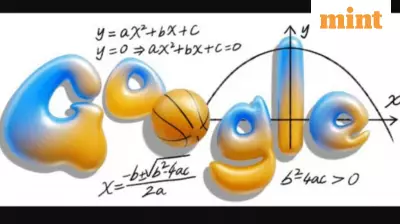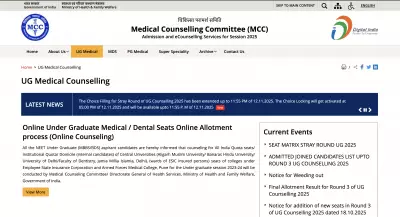
The Silent Transformation of India's Education Landscape
India's higher education system is undergoing a fundamental transformation, driven not by academic curiosity but by economic calculations. Recent data reveals a significant restructuring of student preferences, with traditional humanities disciplines facing a steady decline while science, technology, engineering, and mathematics (STEM) fields experience unprecedented growth.
The Numbers Tell the Story
According to the All India Survey on Higher Education 2021-22, India's higher education enrollment has grown impressively by 26.5% since 2014-15, reaching 4.33 crore students. The Gross Enrolment Ratio (GER) for the 18-23 age group has achieved its highest-ever level at 28.4, with female students surpassing 2.07 crore for the first time.
However, beneath these encouraging numbers lies a concerning trend. While arts streams still maintain the highest percentage of undergraduate students at 34.2%, the real story unfolds in postgraduate and professional education. Engineering and technology now constitute 11.8% of all undergraduate enrolment and nearly 25% of all doctoral students in PhD programs.
The Private Institution Factor
Private educational institutions, which comprise 65.3% of all colleges in India, are driving this transformation. Their focus on revenue-linked academic programs and placement outcomes has fundamentally altered the aspirations of both students and their families. Government colleges, which historically supported humanities through public subsidies, now account for only 34.8% of total enrolment despite representing more than one-fifth of all institutions.
The social composition of humanities education is narrowing significantly. Students from lower-income and rural backgrounds are increasingly opting for shorter, job-oriented degrees, while liberal arts have become concentrated in elite private universities with substantially higher fees.
Global Patterns and Gender Shifts
This trend isn't unique to India. UNESCO World Education Statistics (2024) show that globally, humanities enrollment decreased between 2012 and 2022, while STEM and applied fields grew to represent over one-third of all tertiary enrollments. Even in the United States, the percentage of bachelor's degrees in humanities dropped from 14.3% in 1997 to 8.8% in 2022.
India's gender dynamics in education are also shifting. While women currently have a slightly higher GER than men and traditionally dominated humanities, their focus is gradually shifting toward vocational and technical streams as these fields expand.
Economic Realities Drive Academic Choices
The fundamental driver behind these shifts is a recalibration of risk rather than diminishing intellectual curiosity. With 78.9% of Indian students enrolled in undergraduate programs, most families base their educational choices on employability outcomes. The financial reality that STEM graduates typically earn 25-50% more than humanities graduates makes the choice increasingly pragmatic.
This economic logic is further reinforced by the explosive growth of short-cycle vocational programs, whose enrollment almost doubled between 2016-17 and 2022-23. Unlike the open-ended uncertainty of traditional BA degrees, these courses promise lower costs and faster employment outcomes.
Policy Interventions Needed
Experts argue that the solution lies in addressing the valuation problem rather than just volume concerns. Nations need to establish clear labor-market information systems to help students make informed decisions. Indian education policymakers could integrate real wage data with higher education statistics within the National Education Policy (NEP) implementation frameworks.
Revitalizing humanities education requires curricula that incorporate digital literacy, applied data methods, and field-based research into liberal arts training. Financing reform is equally crucial, given that 74% of undergraduates come from households with annual incomes under ₹5 lakh. Public apprenticeships and outcome-linked scholarships could make critical thinking a feasible pursuit rather than a financial risk.
The declining interest in humanities reflects competing priorities rather than disappearing curiosity. As universities increasingly adapt to market demands and employability metrics, disciplines that foster introspection, interpretation, and dissent are becoming less prevalent. Preserving these disciplines represents a defense of education's democratic purpose—creating citizens capable not only of earning but of understanding the complex world around them.





